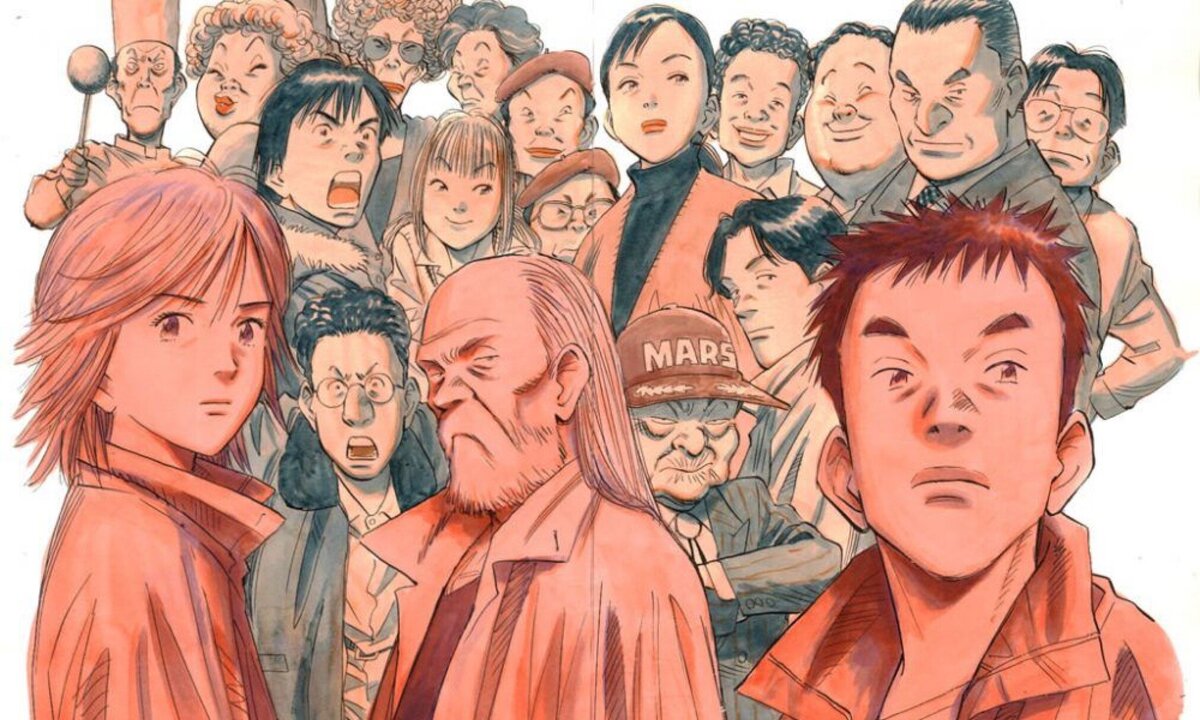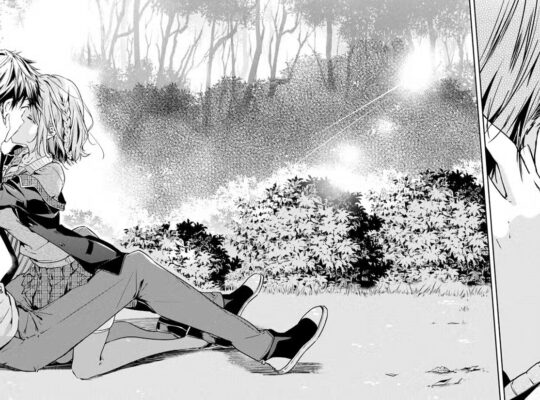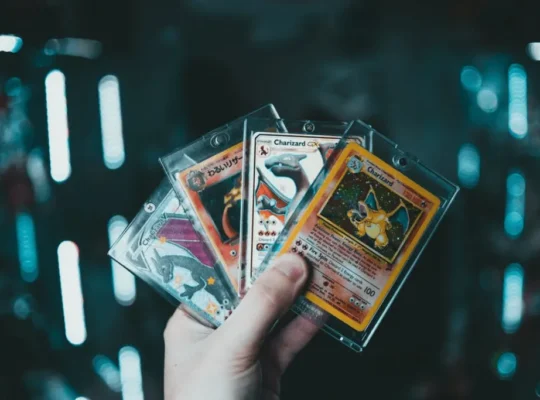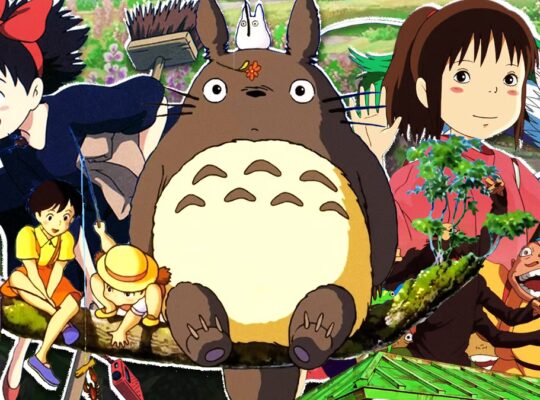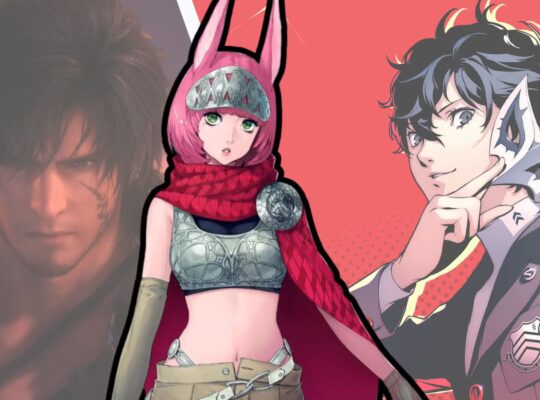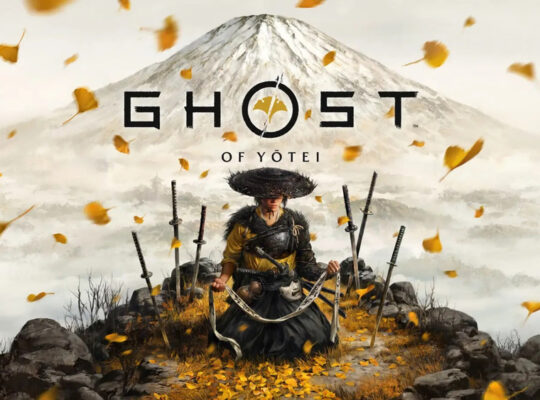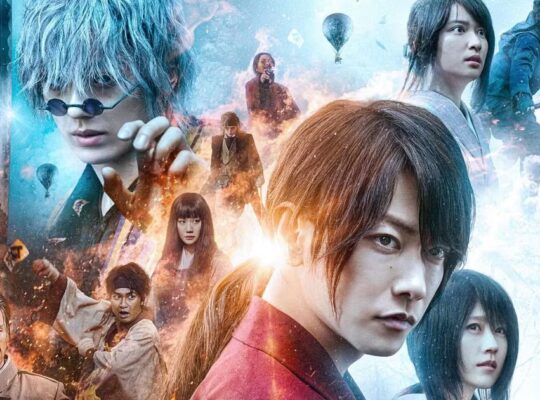If you’ve ever read a manga that left you speechless after a chapter, eyes wide and mind spinning, there’s a good chance it was drawn—and written—by Naoki Urasawa. With decades of experience, a portfolio filled with unforgettable series, and a storytelling style that blends mystery, humanity, and suspense, Urasawa has earned his place as one of the most influential mangaka of our time.
Though he might not be as mainstream among casual fans as, say, the creators of Naruto or Attack on Titan, for manga lovers who crave intelligent stories, emotional depth, and cinematic pacing, Naoki Urasawa is the gold standard.
Early Works and the Rise of a Legend
Urasawa began his professional manga career in the early 1980s, but it was the 1990s that truly launched him into legendary status. His breakout hit YAWARA!, a lighthearted sports manga about a judo prodigy, might seem like a far cry from the darker psychological thrillers he would later become known for, but even here, his talent for character development and pacing was crystal clear.
Then came the game-changer: Monster.
Set in post-Cold War Europe, Monster follows Dr. Kenzo Tenma, a brilliant neurosurgeon whose decision to save a young boy’s life spirals into a horrifying series of events involving a serial killer, deep moral questions, and a wide web of complex characters. With Monster, Urasawa proved that manga could be just as gripping and thought-provoking as any prestige TV series or novel—and arguably more emotionally resonant.
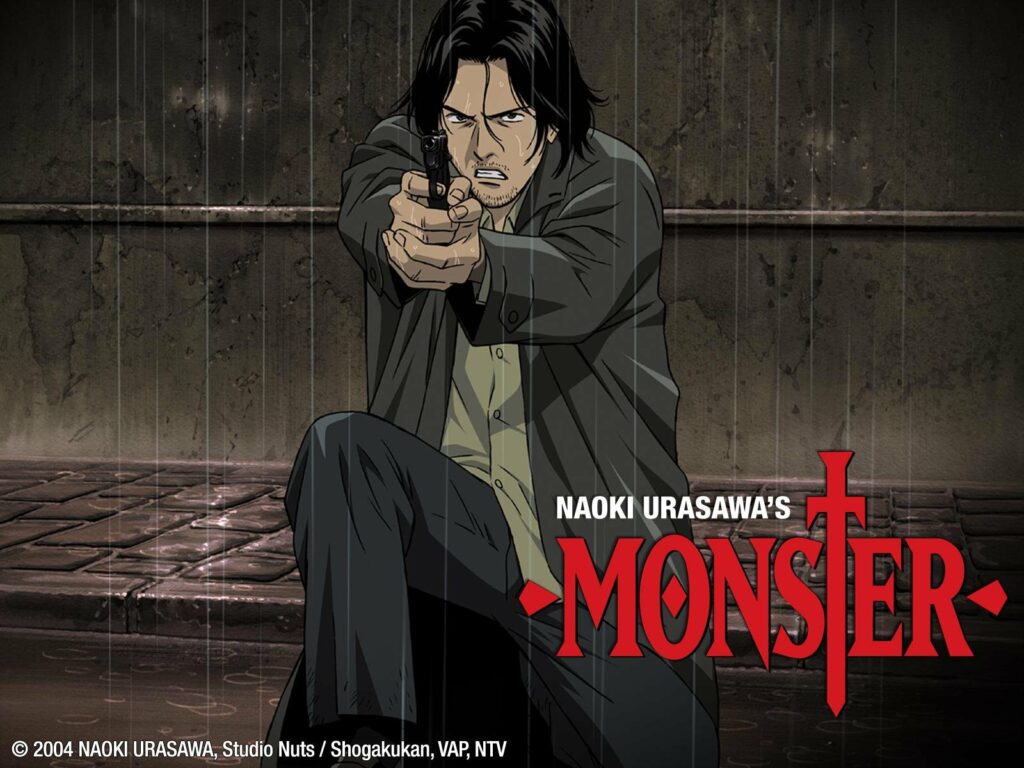
Manga That Grabs You by the Soul
Urasawa’s signature style blends mystery, suspense, and psychological drama with slow-building tension and meticulous character work. His narratives don’t just entertain—they pull you in. Every chapter adds another puzzle piece, every character has layers, and every twist feels earned.
If you’re looking for a recommendation list, here are some of his most iconic works:
- Monster (1994–2001) – A gripping psychological thriller that questions what it means to be a “monster” in society. It’s unsettling, heartbreaking, and impossible to put down.
- 20th Century Boys (1999–2006) – Think Stranger Things meets Watchmen, but even more complex. A group of childhood friends try to stop a mysterious cult leader known only as “Friend”—and the story spans decades, jumping between their youth and adulthood.
- Pluto (2003–2009) – A reimagining of an arc from Astro Boy by Osamu Tezuka, Pluto turns a sci-fi tale into a deep exploration of grief, artificial intelligence, and what it means to be human. Even if you’re not usually into sci-fi, Pluto is a must-read.
- Billy Bat (2008–2016) – A metafictional mystery wrapped in conspiracy theories, alternate history, and comics about comics. It’s definitely one of his more “out there” series—but a fascinating ride from start to finish.
Each of these works is dense with story and emotion, but never overwhelming. Urasawa has this rare ability to make even small, quiet scenes feel significant—often because they are.
The Urasawa Formula: What Makes His Work So Special?
Let’s talk about the “feel” of an Urasawa manga. First, the art: clean, detailed, and expressive. His characters don’t look like typical anime or manga archetypes—they look like real people, with nuanced expressions and body language that bring them to life.
Then there’s the pacing. Urasawa knows how to hold back just enough information to keep you curious. He builds tension slowly, like Hitchcock, making even the smallest decisions feel massive. You’ll often find yourself turning pages faster than you thought possible—not because of flashy fights, but because you need to know what happens next.
And finally, the themes. His stories explore morality, trauma, identity, history, and responsibility in ways that feel personal. He doesn’t tell you what to think—he shows you characters wrestling with impossible choices and lets the reader reflect alongside them.
A Mangaka Who Respects the Reader
One of the best things about Urasawa is that he trusts his audience. He doesn’t spoon-feed explanations or rely on clichés. His stories unfold naturally, often moving across different time periods and perspectives. It can be challenging at times—but in a good way. It’s manga that respects your intelligence and rewards your attention.
In interviews, Urasawa has spoken about his love for film, music (he’s even a musician himself), and world history—all of which influence his layered storytelling. He’s not just telling stories to entertain—he’s trying to understand people, societies, and the forces that shape them.
Why Urasawa Still Matters Today
Even in an age where flashy shonen battles and isekai stories dominate the charts, Urasawa’s work remains deeply relevant. His influence can be felt in more recent psychological and mystery-driven manga, and his books continue to attract both new fans and longtime readers.
With Netflix’s Monster anime adaptation still gaining attention globally, and his works being published in new deluxe formats, there’s no better time to discover—or revisit—Urasawa’s world.
If you love manga that makes you think, feel, and maybe even change the way you see the world, Naoki Urasawa is a creator you need to have on your shelf.

